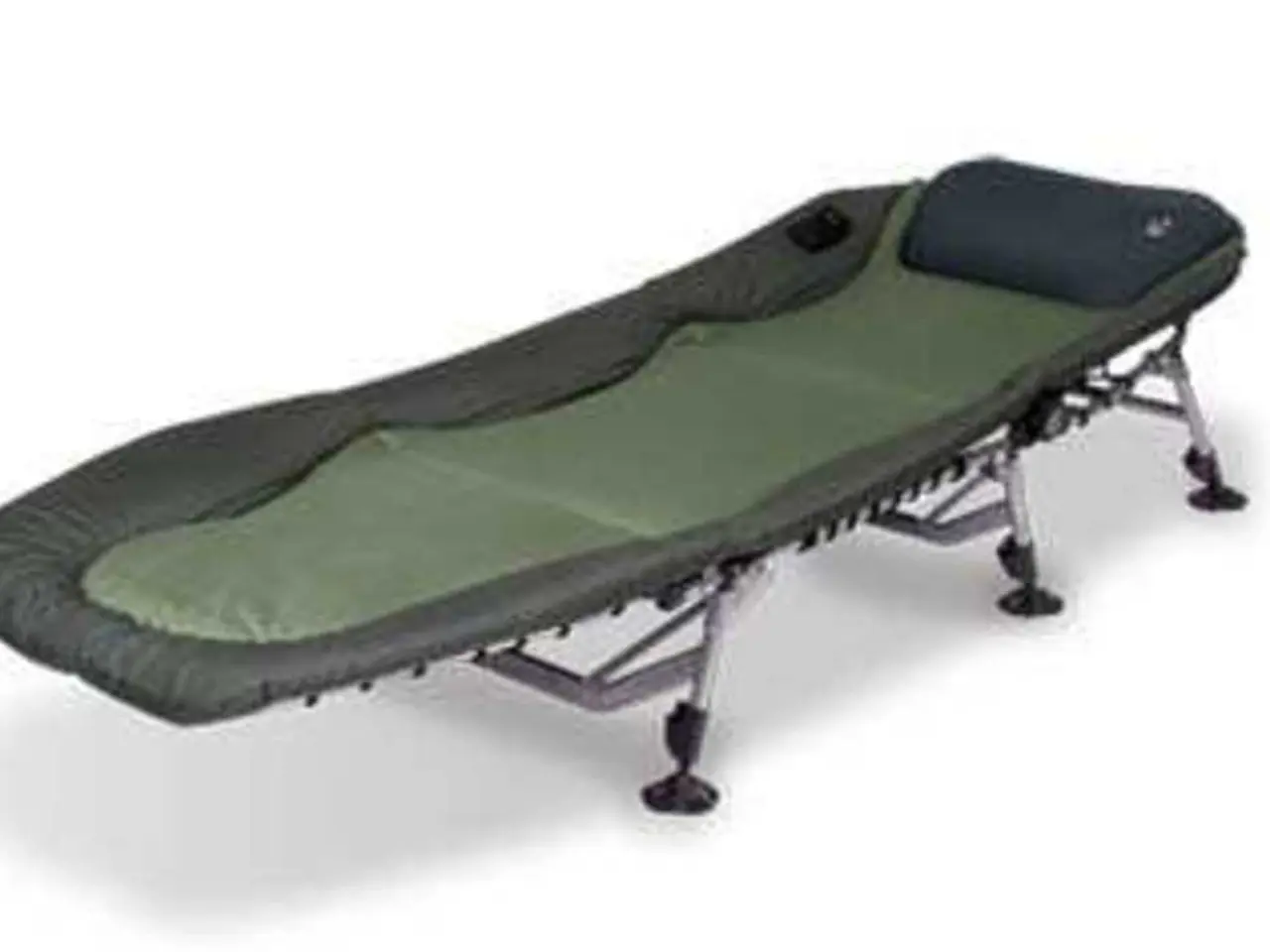Metatarsalgia Details: Remedies, Physical Activities, Signs, and Origin
Metatarsalgia, a common foot condition characterised by pain in the ball of the foot, can be effectively managed with a combination of home remedies, medical interventions, and specific exercises.
### Home Remedies and Conservative Treatments
Adjusting footwear is crucial in managing metatarsalgia. Opt for shoes with adequate cushioning, good arch support, and a wide toe box to help reduce pressure on the forefoot. Avoid high heels or narrow shoes that increase forefoot stress [1][3]. Orthopedic insoles, especially flat foot insoles, can also be beneficial as they help redistribute pressure away from the painful metatarsal heads and improve foot function [1][3]. Maintaining a healthy weight is another important factor as it helps alleviate symptoms [3].
Pain relief techniques such as applying ice packs to reduce inflammation or soaking feet in warm water (potentially with Epsom salts) to relax muscles and improve blood flow are useful at home [2][4]. Self-massage can also help reduce tension and improve circulation, aiding in pain relief and recovery [2].
### Medical Interventions
Physiotherapy sessions often include massage, re-education, and exercises to reduce muscle contractures and improve foot mechanics, especially if complications like claw toes develop [1]. Medications may be used to control pain and inflammation, and in certain cases, steroid or alcohol injections can be used to reduce inflammation and pain [3][5].
Surgery is considered a last resort if conservative treatments fail. Surgical options address structural issues such as metatarsal realignment, toe deformities, or related conditions like hallux valgus. Post-surgery, an orthopedic shoe is typically worn for about three weeks to aid recovery [1][3].
### Exercises to Manage Pain in the Ball of the Foot
Regular calf stretching can relieve tension in the lower leg muscles that contribute to forefoot pressure [3]. Physiotherapy may also include exercises to strengthen foot muscles, improve arch support, and reduce strain on the metatarsal heads. Massage and rolling using a tennis ball or a foam roller can help reduce pain and improve flexibility [4].
These treatments and exercises should be tailored to the individual's specific foot morphology and underlying causes of metatarsalgia. Consulting a foot care professional can help determine the best personalised approach.
In conclusion, a comprehensive approach combining footwear, orthotics, physical therapy, pain management, and exercises is effective in managing metatarsalgia symptoms and improving quality of life [1][2][3][4][5].
Metatarsal pain can be caused by various conditions, including trauma, overuse during high-impact sports, degenerative conditions such as arthritis, unusual bone structure present from birth, changes to bone structure over time due to factors like wearing tight or high-heeled shoes, and Morton's neuroma.
Putting weight on the foot can worsen symptoms of metatarsal pain as the metatarsal bones rub together, increasing inflammation of the nerve with each step. Medical treatment for metatarsalgia may include ordering lab work, recommending physical therapy, prescribing medications, referring the person to a specialist for steroid injections, prescribing prescription orthotics, managing fractures with adhesive straps or a cast, and in some cases, recommending surgery to reshape bones or relieve or remove a trapped or irritated nerve.
The metatarsal bones, located just behind the toes and connecting the toes to the ankles, are affected. Risk factors for metatarsal pain include footwear that forces toes into a tight space, excess body weight, high-impact sports or exercises, a high arch or a second toe that is longer than the big toe, stress fractures, a stiff ankle, and certain medical conditions like rheumatoid arthritis, gout, diabetes, Morton's neuroma, a buildup of fluid in the foot, and bunions.
Symptoms of metatarsal pain can include feeling like walking on pebbles, a burning, shooting, or sharp ache, a general aching under the ball of the foot, occurring under one or two metatarsal heads only or under all the metatarsal heads, ranging from mild to severe, often worsening when standing, walking, running, or flexing the toes, affecting one or both feet, and involving numbness or tingling in the toes.
Home remedies for metatarsalgia may include applying a cool compress, using over-the-counter pain medications, keeping pressure off the feet, raising the feet when resting, using shock-absorbing insoles or arch supports, putting padding in shoes, using metatarsal pads or a metatarsal bar, maintaining a moderate body weight, and choosing appropriate footwear.
- Maintaining a healthy weight and choosing appropriate footwear can help manage obesity, a factor contributing to the development of metatarsalgia.
- Dermatitis, a type of skin inflammation, can be alleviated through self-massage techniques for pain relief and reduced tension.
- For those suffering from metatarsalgia, pain can extend beyond the foot and affect various medical-conditions such as arthritis.
- Science has shown that exercises, including regular calf stretching and strengthening foot muscles, can help manage psoriatic arthritis by improving foot function and reducing strain on the metatarsal heads.
- Similarly, exercises can play a significant role in managing cancer, particularly in improving mobility and overall health-and-wellness for those undergoing treatment.
- Asthma, a respiratory disease, can be exacerbated by inadequate fitness-and-exercise, making it important to maintain an active lifestyle to help control symptoms.
- In addition to its role in managing metatarsalgia, pain relief through the use of ice packs can also help alleviate symptoms of HIV-related neuropathy.
- Atopic dermatitis, a chronic skin condition, can be managed through skincare and moisturizing products such as those containing dry oil or AQ cream.
- The onset of Alzheimers, a degenerative brain disease, can be potentially predicted through early detection and regular medical check-ups.
- Crohn's disease, a type of inflammatory bowel disease, can affect quality of life, making it important to seek medical advice and follow a healthy diet to manage symptoms.
- Breast cancer, a form of cancer that affects the breast tissue, can be detected through regular screenings and self-examinations, making early detection crucial for effective treatment.








